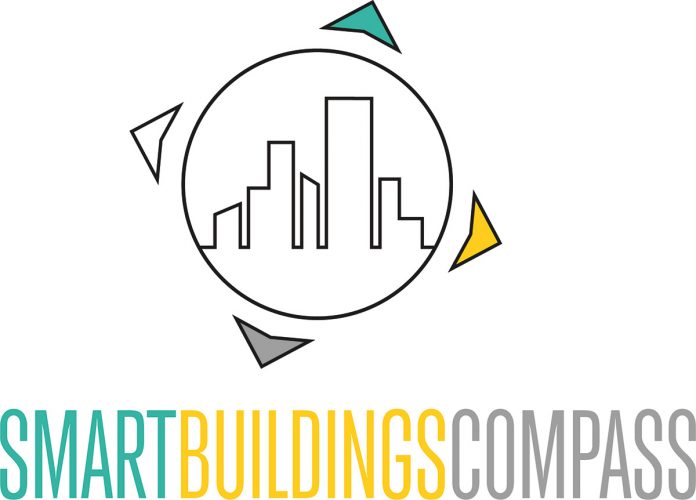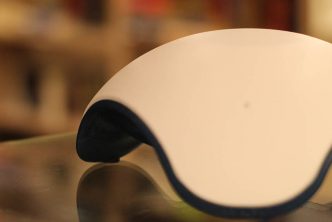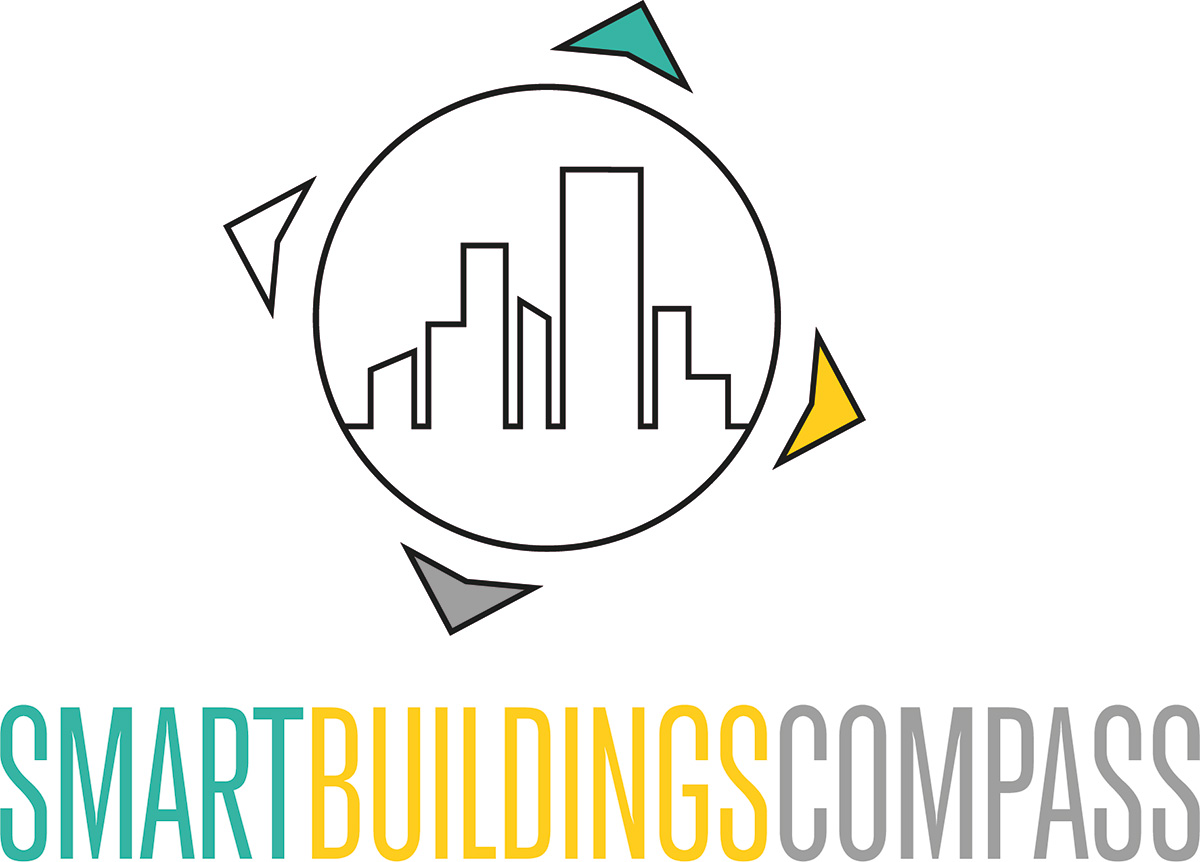Heat pumps continue to gain popularity. Nevertheless, there are still many prejudices and myths in the minds of potential users. The Smart Buildings Compass clarifies and addresses the most important reservations.
Misconception 1: “In the summer you do not need to deal with the issue of heating.”
On the contrary, the summer months in particular are the perfect time to take precautions for the next heating season and get comprehensive advice from your local specialist installer. The hot days are also a drastic wake-up call to do something against the climate crisis yourself with a sustainable heating solution such as through a heat pump, with which you also benefit from the practical cooling function at home in addition to heating and hot water. Because in the fall, when the heating season starts, installer companies are very busy and it becomes difficult to secure a suitable consultation appointment in a timely manner. Because that is the prerequisite for a custom-fit solution with the best cost-benefit ratio. In parallel, the vacation season can also be used to get comprehensive information about the abundant federal, state and local grants available.
Misconception 2: “A complete heating system replacement is too expensive and too time-consuming for me, so I’m not doing anything right now.”
Doing nothing now is definitely the most costly option. Efficient steps can be taken without having to completely replace the existing heating system: Switching from an old boiler to an energy-efficient electric storage tank or installing a hot water heat pump are simple measures without a large construction site. This is a perfect example of how small investments can create energy independence while permanently reducing ongoing costs. This is because hot water accounts for around 40% of operating costs. The heating system can then be replaced later. When switching to renewable energy sources, hybrid solutions such as combining a modern gas condensing boiler with a domestic hot water heat pump are also a good option.
Misconception 3: “With an existing, still well-functioning system, a heating system replacement doesn’t bring much except high costs.”
Experience and a look at operating costs show that it is precisely heating and hot water systems that have been in operation for more than 15 years that offer the greatest potential for financial savings. Replacing these outdated systems ensures the most effective contribution to climate protection in terms of energy consumption and CO2 emissions. Even with “younger devices”, simple and inexpensive measures such as hydraulic balancing – which is also subsidized – or professional adjustments of the system and the components have a great effect. This potential must be explored and exploited together with specialist installers. The Austria Email “Heating Quick Check” at www.austria-email.at/service/quick-check-heizung also provides practical assistance with insights into the environmental performance and savings of heating systems in comparison.
Misconception 4: “If the building is in poor energy condition, I don’t need to bother with heating and hot water after all.”
It is a persistent misconception that a full renovation with complete facade insulation and window replacement must first be implemented before the heating system is replaced. As a rule of thumb, around two-thirds of the investment costs can be used to achieve savings in energy costs. So if you want to save on heating and hot water, you don’t have to worry about huge investments and a big construction site. This is because a costly full refurbishment with major conversions is often not necessary. A partial renovation with manageable costs, e.g. a hot water tank and heating system replacement and insulation of the top floor ceiling are usually sufficient.
Misconception 5: “Oil and gas have become cheaper, but electricity is expensive. So it doesn’t pay to invest in a heat pump or renewable energy.”
According to the Austrian Energy Agency, wholesale electricity prices are currently falling significantly. These effects will also reach domestic households in the near future, as energy suppliers have already initiated electricity price reductions. Government measures such as the electricity price brake and energy cost subsidies are also having an effect. However, experts and the International Energy Agency expect prices for oil and gas to rise in the fall. When it comes to operating oil and gas heating systems, there is one key point to bear in mind: here, gradually rising CO2 taxes have been in force since 2022, making fossil fuels more expensive in the long term. Single-family houses already incur additional costs of up to 300 euros per year, but these can be avoided by using renewable energy sources.
Misconception 6: “Heat pumps are expensive to operate because they require a lot of electricity.”
This is a classic prejudice. The high efficiency compared to other systems speaks for itself: with 1 kW of electricity, a heat pump can generate up to 4 kW of heat, so 3 kW come from free environmental energy. The domestic electricity market is currently on the move, with electricity prices falling and Austrian households benefiting from cheaper tariffs. Individual energy suppliers now offer special electricity tariffs for heat pumps. The current PV boom also speaks in favor of this, because by connecting to an in-house PV system, you use the electricity you generate yourself. During heat waves in summer, you also benefit from a cooling function and do not have to rely exclusively on the power-intensive operation of air conditioners and refrigerators.
Misconception 7: “I would like to do something about the climate crisis and rising operating costs, but I simply can’t afford it financially.”
A heat pump is an eligible heating system for your home. The funding pots are currently filled as never before. For the government’s “Get out of oil and gas” subsidy campaign and the 2023/24 renovation offensive alone, 940 million euros are available for private individuals and businesses. The application deadlines have also been extended. In addition, there are subsidies from the federal states and the municipalities. Here it is necessary to be quick and well prepared to benefit from the maximum financial support. In addition, many banks now offer attractive financing models for the energy & heating sector. In addition, there are special subsidies for low-income households that replace a fossil fuel heating system with an eligible heating system such as air-to-water heat pumps, connections to district heating, pellet or wood chip boilers. Here, up to 100% of the investment costs are reimbursed.
Misconception 8: “A heat pump is only something for new construction after all. Besides, heat pumps are only suitable for underfloor heating, but not for radiators.”
Unfortunately, this is a persistent myth. It is true: heat pumps are well suited for new buildings as well as for renovation. They are compatible with underfloor heating, but also suitable for buildings with radiators. All it takes is an expert check by a knowledgeable plumber and sensible planning for the heating system change.






